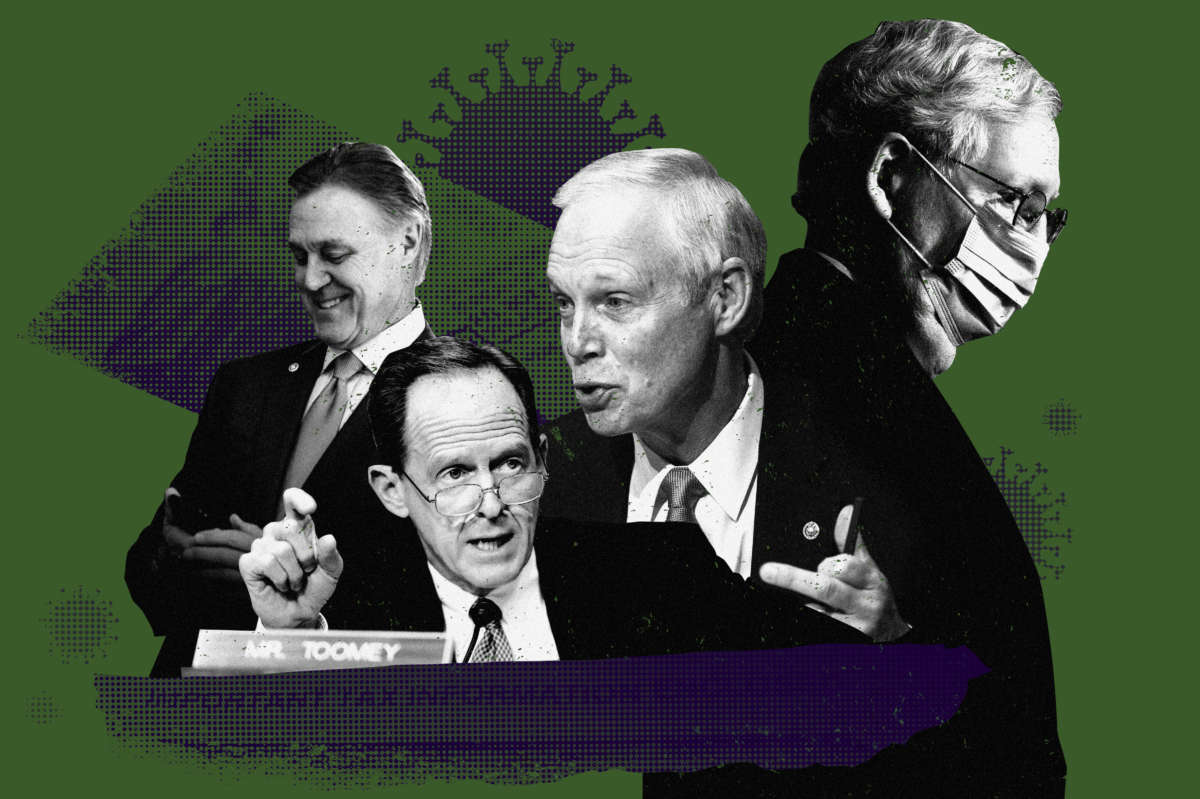Settlers raze large tracts of Palestinian land south of Nablus
NABLUS, Wednesday, December 23, 2020 (WAFA) – Israeli settlers today razed large tracts of Palestinian land belonging to Awarta town, south of Nablus city, according to a local activist.
Ghassan Daghlas, who monitors Israeli colonial settlement activities in the northern West Bank, said that settlers escorted several bulldozers to an area of the town’s land, known as al-Khirbeh, where the heavy machineries leveled the land to expand the nearby colonial settlement of Itamar.
Located some seven kilometers to the south of Nablus city, Awarta has a population of some 7,500 and occupies a total area of 13,450 dunams.
Under the Oslo Accords, an agreement made 25 years ago that was supposed to last just five years towards a self-governing country alongside Israel, the Palestinian Authority was given limited control over 39 percent of the village’s land (some 5,300 dunams). In contrast, Israel maintains control over the remainder, classified as Area C.
Since the start of the Israeli occupation of the West Bank in 1967, like so many other villages in Palestine, al-Khader has been subjected to almost continual land theft for Israeli settlements, bypass roads, and military installations.
Israel has seized an area of at least 2,450 dunums for the construction of Itamar colonial settlement, located to the northeast of the village. It has also seized more land to set up two military bases and five colonial outposts on the eastern hills of the settlement.
It has also isolated some 3,000 donums of land belonging to Awarta and other nearby Palestinian villages for the benefit of colonial settlement expansion, pushing the villagers into a crowded enclave, a ghetto, surrounded by walls, settlements and military installations.
K.F.
Israel settlers launch systematic attacks on
Palestinian properties

illegally occupied by settlers under the protection of occupation
forces in the West bank city of Hebron on 26 July 2017.
[Mamoun Wazwaz /Anadolu Agency]
Ongoing attacks by Israeli settlers on Palestinians are part of a large campaign aimed at seizing more Palestinian lands and imposing new realities on the ground, B'Tselem warned yesterday.
"These attacks are being carried out with full support from the Israeli army and government," Kareem Jubran, director of the field research department at B'Tselem, said, stressing that the Israeli army and government support the extremist stances of the Israeli Jewish settlers.
Speaking to Palestine Voice Radio, Jubran said that the Israeli settlers have recently increased their attacks in many Palestinian towns and villages across the occupied West Bank. The settlers' attacks, he said, are protected by the occupation army and police.
Meanwhile, Director of Anti-Wall and Settlements Committee, Murad Ishtiwi, said: "There is another campaign carried out by the Israeli occupation army and police targeting Palestinian shops, homes and vehicles."
He said that this campaign is being carried out in parallel with the one carried out by the extremist Jewish settlers against Palestinian properties.
READ: Settlers' attacks undermine efforts to revive peace process, insists PA





